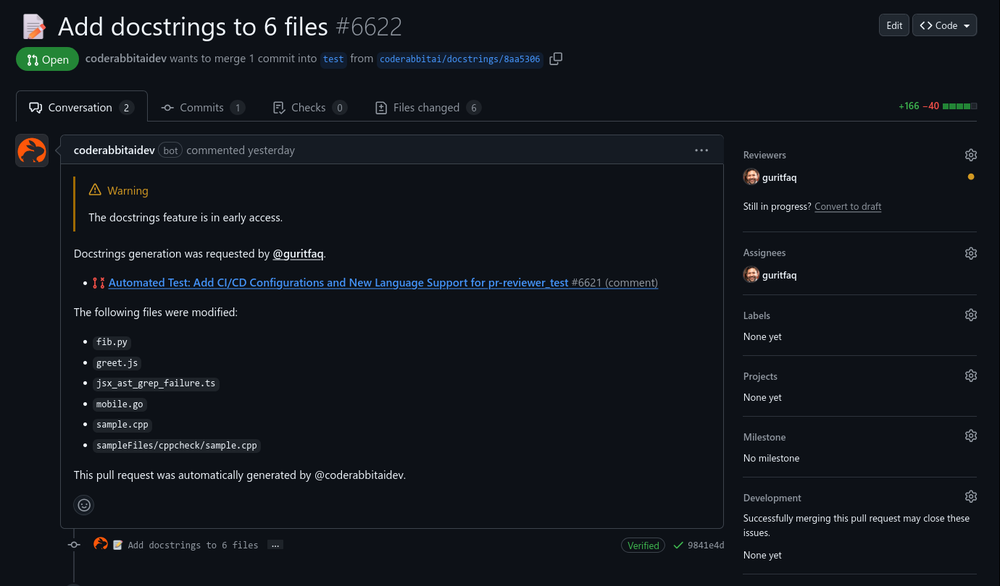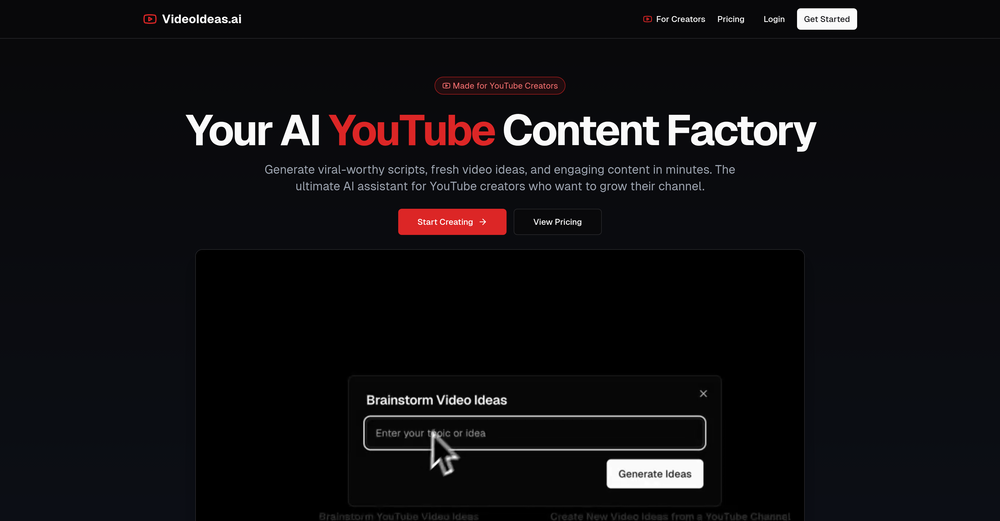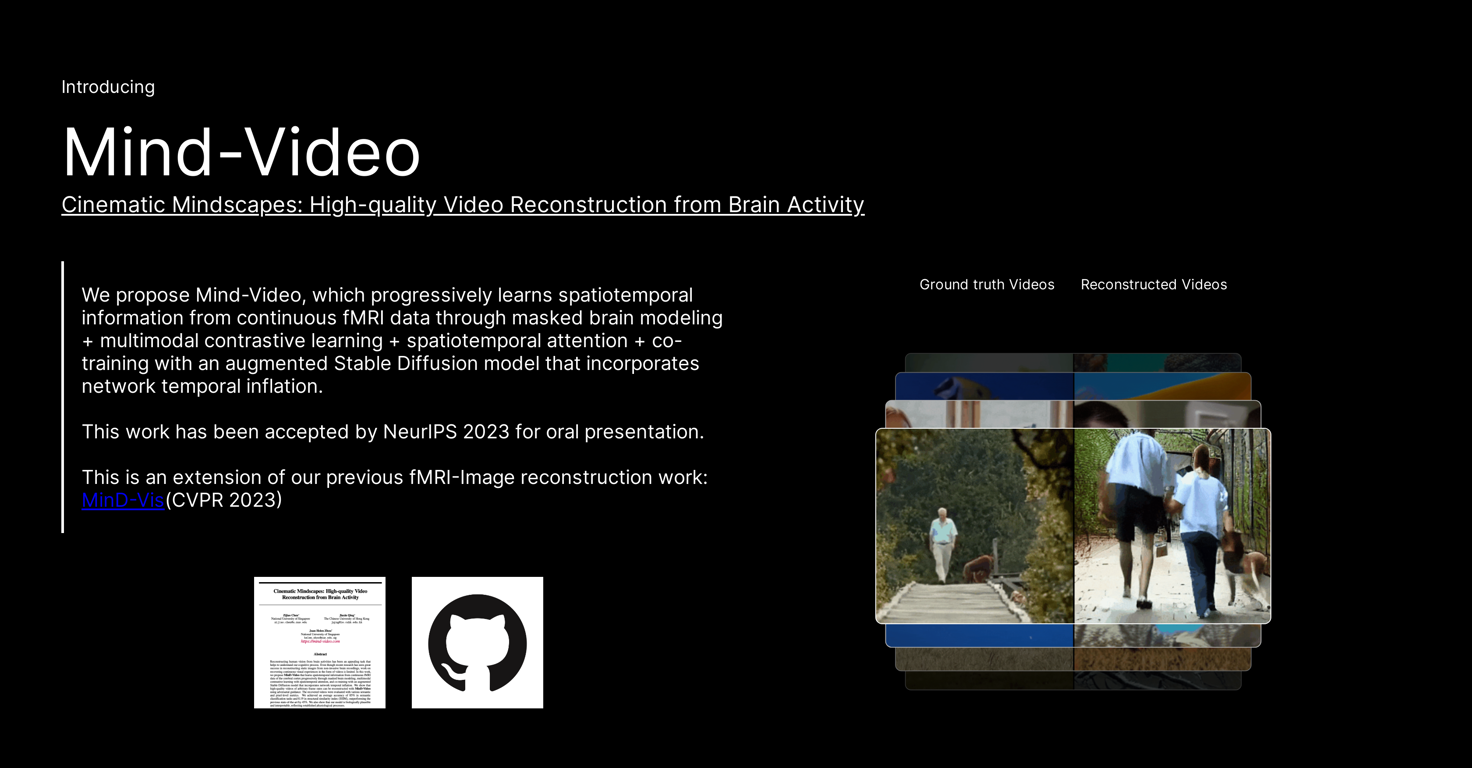Mind Video
Mind-Video is a tool built using the create-react-app that primarily deals with video-related applications. It is a JavaScript-based application, therefore it requires users to enable JavaScript on their web browsers to run smoothly.
Mind-Video incorporates several functionalities that enhance the user experience, offering a diverse range of services reliant on AI-based video analysis and processing.
Key features may include AI-driven video enhancement, automatic tagging, content recommendations, and enhanced search capabilities. It indicates a possible focus on improving accessibility and user engagement by using machine learning and AI techniques to handle, manage, and optimize video content.
Being built on the create-react-app framework, the app offers seamless setup, hot reloading, and overall improved productivity, resulting in a sound, efficient infrastructure for users.
Users should be aware that the capabilities of Mind-Video may vary and scale depending upon the continual advancements in AI technology. It's an excellent curated AI tool for individuals or organizations focusing on video-oriented projects and products.
Releases
Pricing
Prompts & Results
Add your own prompts and outputs to help others understand how to use this AI.
-
847,945637v1.6 released 19d agoFree + from $12/mo
 Reducing manual efforts in first-pass during code-review process helps speed up the "final check" before merging PRs
Reducing manual efforts in first-pass during code-review process helps speed up the "final check" before merging PRs -
12,51195v2.1 released 2mo agoFree + from $45/mo
 This is the first AI marketing tool I’ve used that actually helps me get things done, not just suggest generic ideas. The mix of AI-powered strategy and real experts executing the work makes it feel like having a high-performance marketing team without the overhead
This is the first AI marketing tool I’ve used that actually helps me get things done, not just suggest generic ideas. The mix of AI-powered strategy and real experts executing the work makes it feel like having a high-performance marketing team without the overhead
Pros and Cons
Pros
View 43 more pros
Cons
View 5 more cons
Q&A
If you liked Mind Video
Featured matches
-
27,23989Released 6mo agoFree + from $8/mo

-
8,39721Released 2mo agoFrom $9.99/mo
 v03 ai is the only veo 3 videos generator supporting vertical videos for instagram, tiktok and other social media platforms, try it now!
v03 ai is the only veo 3 videos generator supporting vertical videos for instagram, tiktok and other social media platforms, try it now!
Verified tools
-
10,08960Released 5mo agoFrom $9.9/moOne platform gives me access to various high-quality video models — it’s been used to generate 110k viral social media posts.






How would you rate Mind Video?
Help other people by letting them know if this AI was useful.